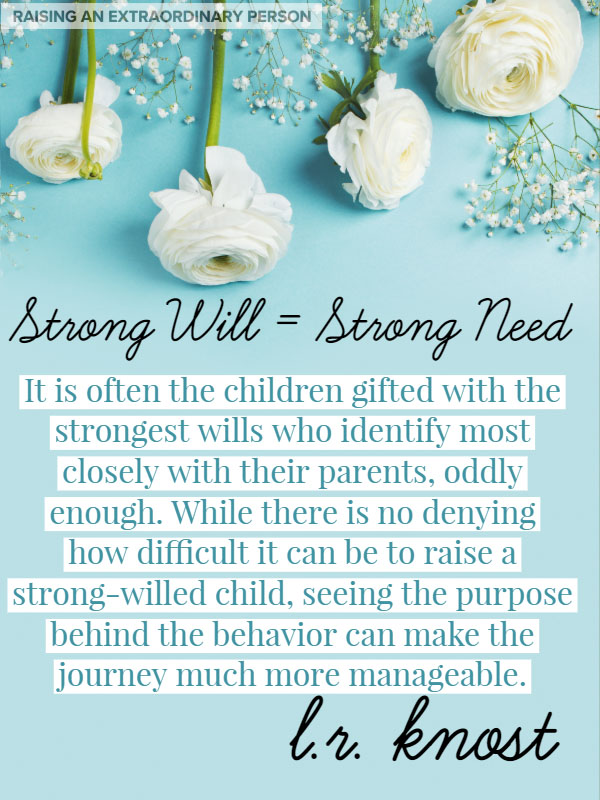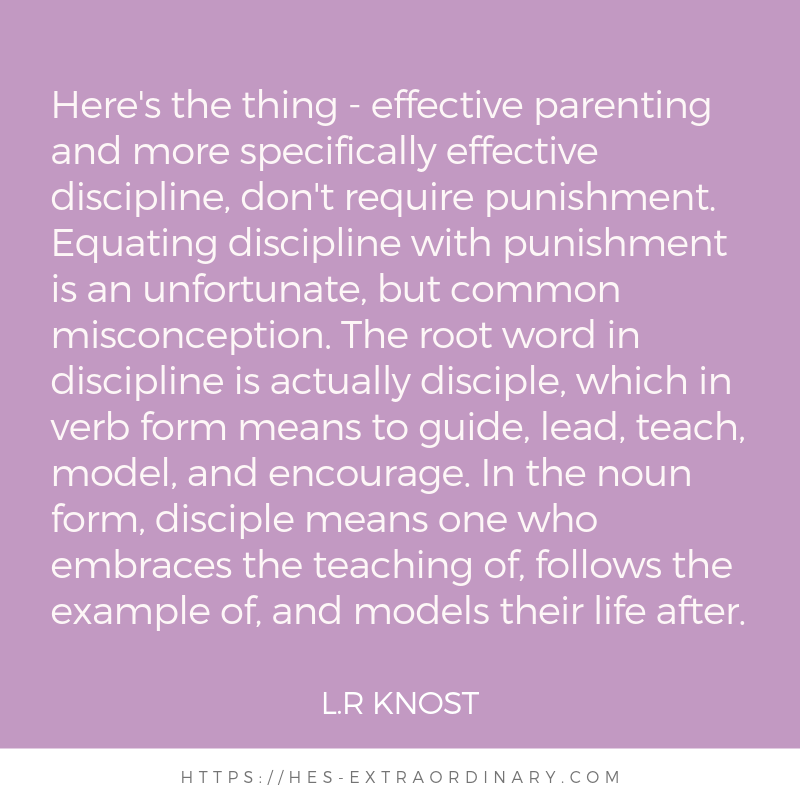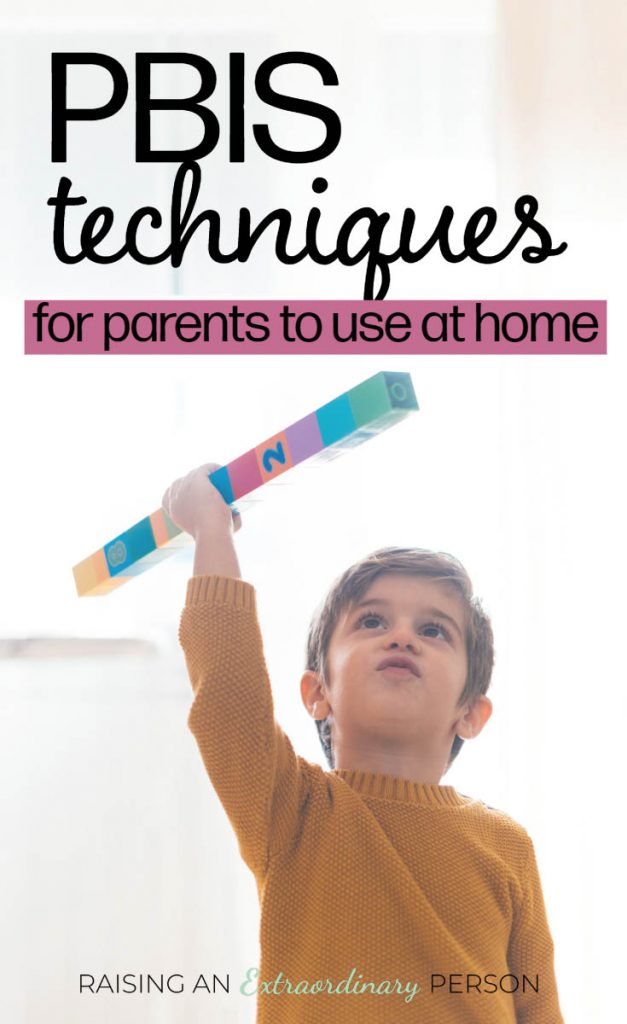One question a lot of parents ask is: how should you discipline a child with autism?
Understanding behavior and setting appropriate expectations, plus learning positive behavior intervention strategies (PBIS) is the key to knowing how to discipline a child with autism effectively.
PBIS to Help You Discipline a Child With Autism
This is a 13 part series. Each post in the series will explain an evidence-based strategy used by professionals for managing behavior with children on the autism spectrum. Each part of this series will contain a table of contents so you can easily navigate to the different strategies.
Table of Contents:
- Introduction
- Build a Relationship
- Individualize Motivation
- Observe, Listen, then Join
- Optimize Language
- The Premack Principal
- Basic Redirect
- Breaks: Picture Rehearsal
- Add Structure at Home
- Teach Independence with Prompting
- Transactional Supports
- Add Structure to the Learning Environment
Introduction

Behavior Is Communication
Before you can begin using any of the upcoming strategies to manage challenging behaviors or otherwise discipline a child with autism, you need to understand WHY the behavior is occurring in the first place.
Firstly, behaviors are a form of communication. When children lack the functional communication skills required to express their wants and needs in an appropriate way, they turn to behaviors (usually to avoid something, or to get something that they want).
You need to know exactly why your child is doing what they’re doing before you can choose and use a strategy to help them.
Also, keep in mind that the reason is not always what it appears to be.
As an example, a child who lays on the ground and screams when they’re told it is bedtime may be interpreted as attention-seeking. As a result of this interpretation, you may choose to ignore their behavior.
However, the real purpose could be to avoid bedtime. By ignoring them, bedtime is successfully delayed, even if it’s only by a few minutes. A parent dealing with this every day will need to choose a different strategy to manage that behavior.
Common Reasons “Why” Behaviors Occur
Often the function of a behavior is to get something or avoid something. It could be any of the following:
- A biological/medical problem – Are they hungry? Thirsty? In pain? Feeling sick?
- Attention – Attention is a need and children often seek attention in negative ways.
- Escaping demands – Are they avoiding a particular activity or demand?
- Sensory/Self-Regulation – Unmet sensory needs and/or overstimulation often lead behaviors.
- Tangible items – A toy for example or an item they want but aren’t allowed to have.
- Anxiety – Caused by any of the above
The Behavior Iceberg
You may have seen different versions of this before (I’ve come across many) but it’s a great analogy when it comes to children and behavior.
This visual shows us that there’s a lot more going on than what we see on the surface (the tip of the iceberg, so to speak).
As parents and caregivers, it’s important to understand this so we can help our children.

Basically, you need to know what the function of a behavior is because, in order to stop an inappropriate behavior long-term, you need to teach your child a way to communicate and/or get their wants and needs met that works better than the behavior.
“Why?” should be the first question you ask yourself any time you’re dealing with inappropriate behavior.
Remember … All children have grumpy moods, bad days, act disrespectful, and make mistakes. But, don’t forget that even as adults, we go through all those things too.
Just like us, our kids have

Each strategy covered in this series will provide you with tools for determining the functions of behavior and managing inappropriate behavior.
Discipline and Autism
It’s extremely important to remember what the word discipline truly means throughout this series. As I talk about how you can discipline a child with autism, keep in mind that this never refers to punishing a child.
Especially for behaviors out of their control, such as stimming or meltdowns.
Discipline is about guidance, problem solving and learning. Whereas punishment involves some kind of suffering as retribution for having a problem or behaving a certain way.
This misconception may be why some adults are hesitant to discipline, but it is necessary.
Therefore each strategy focuses on ways to teach and guide children to develop new skills that can replace challenging behavior long term.
Positive behavior intervention systems (PBIS) are considered the gold standard by professionals when planning how to discipline a child with autism – or any child for that matter.

PBIS Strategies
These are the 12 PBIS strategies covered in this series:
- Build a Relationship
- Individualize Motivation
- Observe, Listen, then Join
- Optimize Language
- The Premack Principal
- Basic Redirect
- Breaks: Picture Rehearsal
- Add Structure at Home
- Teach Independence with Prompting
- Transactional Supports
- Add Structure to the Learning Environment
Head to Strategy 1: Building a Relationship


Guide to Teaching Social-Emotional Skills With Social Scripts & Imitation
Saturday 9th of November 2019
[…] Introduction […]
9 Strategies For Teaching Social Skills To ASD Children - Raising An Extraordinary Person
Saturday 2nd of November 2019
[…] The development of social skills is an essential area of learning for kids with ASD. It should also be a crucial component of any intervention plan for changing problem behaviors. […]
5 Tips That Make It Easier To Communicate With Your Autistic Child ·
Monday 14th of October 2019
[…] Introduction […]
What are "Transactional Supports" in the SCERTS Model? ·
Sunday 13th of October 2019
[…] Introduction […]
5 Ways to Improve Listening Skills and Comprehension ·
Sunday 6th of October 2019
[…] Introduction […]